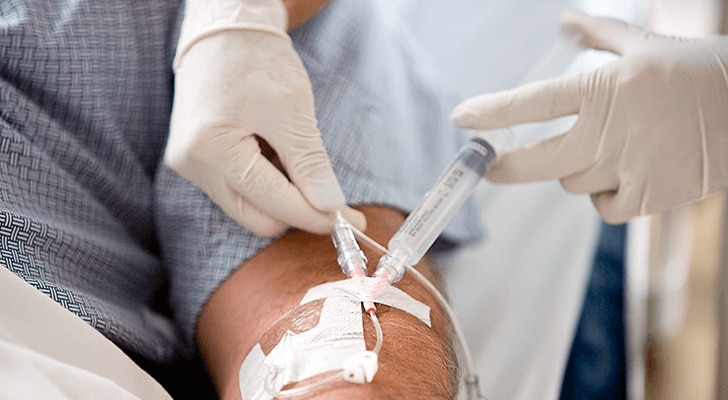BD PosiFlush™ XS Prefilled Saline Syringe is terminally sterilised in its peel pouch, enabling it to be aseptically presented to a sterile field. Typically used in oncology, interventional radiology and critical care, the syringe supports applications such as PICC or CVC insertions. It is intended to be used for the flushing of indwelling vascular access devices.




- Overview
- Products & Accessories
- EIFU & Resources
A failed IV catheter means pain, dissatisfaction, prolongation of care and venous depletion, compounded by the need to treat minor and severe IV catheter failure-related sequelae.1
1. Helm et al. Journal of Infusion Nursing. 2015; 38(3):189-203
1. Helm et al. Journal of Infusion Nursing. 2015; 38(3):189-203
BD offers training resources to help improve your clinical practices as part of our goal of advancing the world of health.
BD supports the healthcare industry with market-leading products and services that aim to improve care while lowering costs. We host and take part in events that excel in advancing the world of health™.
BD promotes clinical excellence by providing various resources on best practices, clinical innovations and industry trends in healthcare.
1. Helm et al. Journal of Infusion Nursing. 2015; 38(3):189-203
